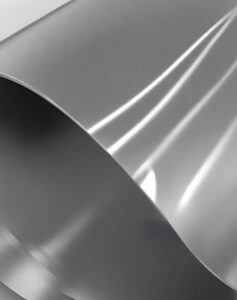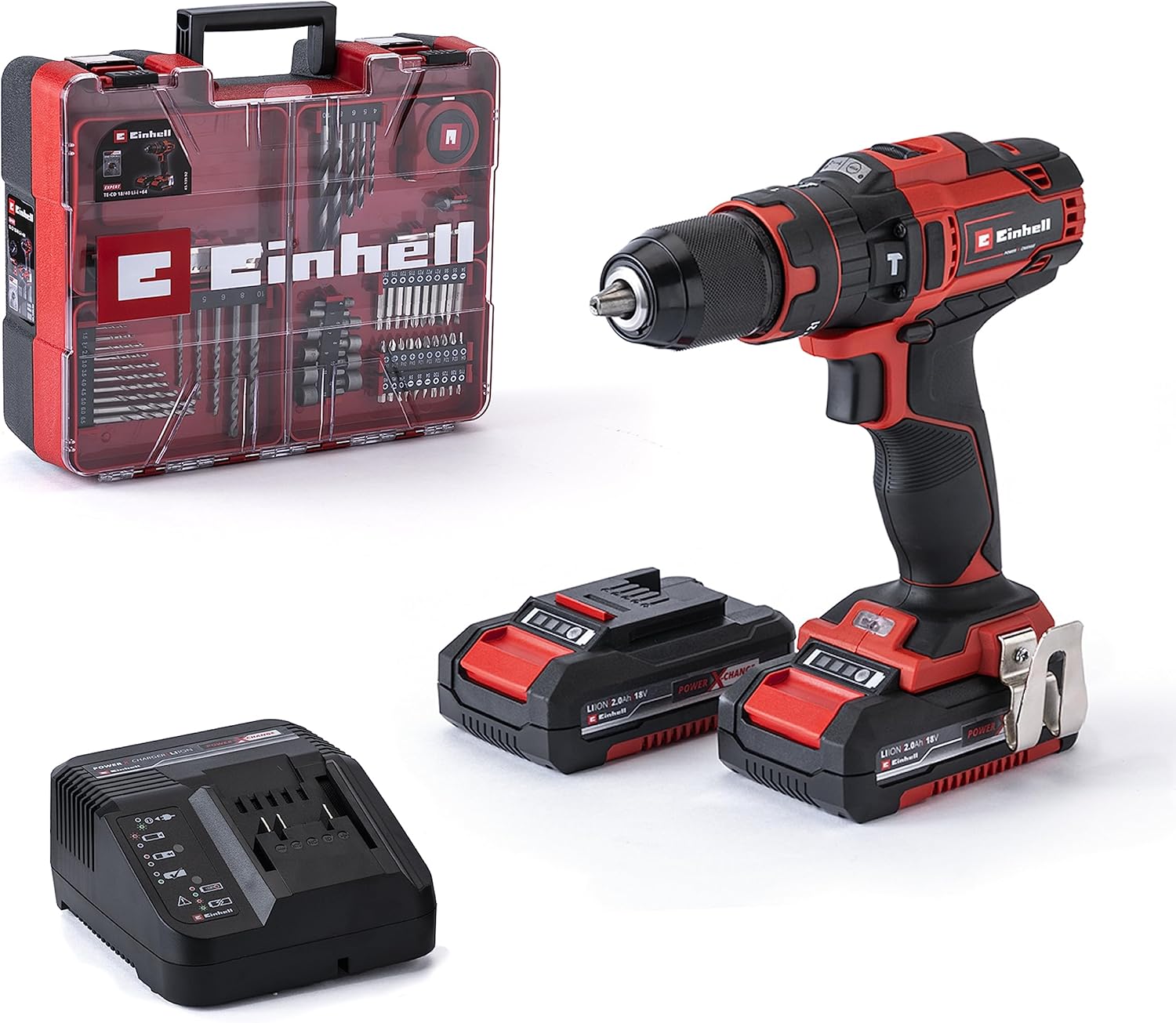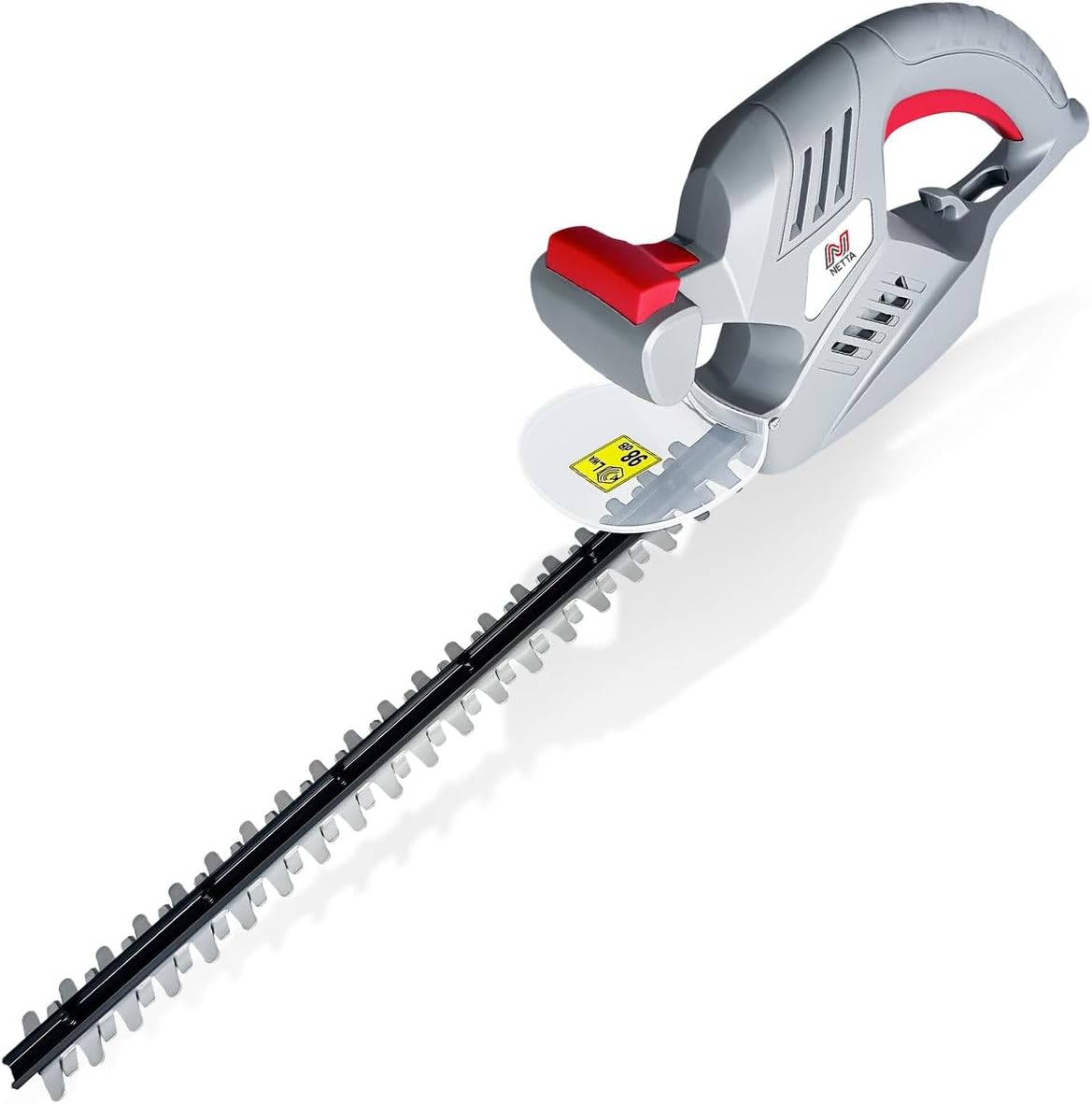
Are you wondering whether emulsion paint is a good choice for metal surfaces? Look no further! This article explores the compatibility of emulsion paint with metal, shedding light on the benefits and considerations of using this type of paint for your metal projects. Whether you’re a DIY enthusiast or a professional painter, this article offers valuable insights to help you make an informed decision. Let’s dive into the world of emulsion paint and its potential for transforming your metal surfaces!
What is Emulsion Paint?
Emulsion paint, also known as water-based paint, is a type of paint that consists of pigment particles suspended in an emulsion. This emulsion is usually a mixture of water and a binder, such as acrylic, vinyl, or latex. Emulsion paint is one of the most commonly used paints due to its versatility, ease of application, and quick drying time. It is a popular choice for both interior and exterior surfaces, such as walls, ceilings, and even furniture.
Composition of Emulsion Paint
Emulsion paint is composed of several key ingredients. The pigments give the paint its color and opacity, while binders act as a glue to hold the pigments together and adhere to the surface. Additives are included to enhance specific properties of the paint, such as viscosity, durability, and resistance to mold and mildew. Lastly, water is used as a solvent to dilute the paint and thin it out for easier application.
Properties of Emulsion Paint
Emulsion paint offers several desirable properties that make it suitable for various applications. Firstly, it has excellent coverage, allowing it to effectively hide imperfections and provide a smooth and even finish. It is also available in a wide range of colors and finishes, including matte, satin, and gloss. Emulsion paint is durable and resistant to fading, cracking, and peeling. Additionally, it is easy to clean with just soap and water, making maintenance hassle-free.
Uses of Emulsion Paint
Emulsion paint is primarily used for painting interior walls and ceilings. It provides a beautiful, decorative finish that can transform the look and feel of a room. However, emulsion paint can also be used on other surfaces, such as wood, plaster, and metal. While it is commonly used on non-metal surfaces, using emulsion paint on metal requires careful consideration and preparation to ensure optimal adhesion and durability.
Can Emulsion Paint be Used on Metal?
Yes, emulsion paint can be used on metal surfaces. However, there are certain factors to consider before applying emulsion paint on metal, as the compatibility and performance may vary compared to using it on other surfaces.
Compatibility of Emulsion Paint with Metal
Before applying emulsion paint on metal, it is crucial to assess the compatibility of the paint with the specific type of metal. Some metals, such as aluminum and galvanized steel, may require additional preparation or specific types of emulsion paint that are specially formulated for metal surfaces.
Advantages of Using Emulsion Paint on Metal
Using emulsion paint on metal has its advantages. Firstly, it provides a smooth and uniform finish, hiding any surface imperfections and creating a visually appealing result. Emulsion paint also offers protection against rust and corrosion, extending the lifespan of the metal surface. Additionally, emulsion paint is easy to clean and maintain, making it suitable for various metal surfaces, including doors, furniture, and decorative items.
Disadvantages of Using Emulsion Paint on Metal
While emulsion paint can be used on metal, there are a few disadvantages to consider. Firstly, emulsion paint is not as durable on metal surfaces compared to paints specifically formulated for metal. It may not withstand harsh weather conditions or heavy wear and tear. Additionally, emulsion paint may not adhere as well to metal surfaces without proper preparation, leading to peeling or flaking over time. It is important to weigh these disadvantages before deciding to use emulsion paint on metal.
Preparing the Metal Surface
Properly preparing the metal surface is crucial to ensure optimal adhesion and durability of the emulsion paint. The following steps should be followed when preparing the metal surface:
Cleaning the Metal Surface
Before painting, it is essential to thoroughly clean the metal surface to remove any dirt, grease, rust, or previous coatings. This can be done using a mild detergent or degreaser, followed by rinsing to ensure a clean and debris-free surface. For heavily rusted areas, sanding or wire brushing may be necessary.
Sanding and Smoothing the Surface
After cleaning, it is important to sand the metal surface to create a rough texture that promotes adhesion. Sanding also helps to remove any remaining rust, oxidation, or loose paint. Use fine-grit sandpaper or a sanding block to achieve a smooth and even surface. Ensure that the surface is free from dust before proceeding to the next step.

Applying a Primer
To improve adhesion and enhance the durability of the emulsion paint on metal, it is advised to apply a primer. Metal primers are specifically formulated to provide a solid base for the paint, ensuring better coverage and adhesion. Follow the manufacturer’s instructions for the recommended drying time before applying the emulsion paint.
Choosing the Right Emulsion Paint
When it comes to choosing the right emulsion paint for metal, there are a few options to consider. The choice depends on the specific requirements and conditions of the metal surface.
Water-Based Emulsion Paint
Water-based emulsion paints are the most commonly used paints for interior and exterior surfaces. They are environmentally friendly, quick-drying, and have low levels of VOCs (volatile organic compounds). Water-based emulsion paints provide good adhesion and durability on properly prepared metal surfaces.
Oil-Based Emulsion Paint
Oil-based emulsion paints, also known as alkyd paints, offer superior durability and moisture resistance compared to water-based paints. They provide a hard, smooth, and glossy finish, making them suitable for metal surfaces that require extra protection. However, they have a longer drying time and a stronger odor due to a higher level of VOCs.
Special Metal Emulsion Paints
There are specific emulsion paints available, specially formulated for metal surfaces. These metal emulsion paints typically contain additives that enhance adhesion, corrosion resistance, and durability. They are designed to withstand harsh weather conditions and provide long-lasting protection for metal surfaces.
Before choosing an emulsion paint, it is advisable to consult with a paint professional or read the manufacturer’s guidelines to ensure the paint is suitable for the desired application and metal surface.
Application Techniques for Metal
When applying emulsion paint on metal surfaces, there are several techniques to consider, depending on the size and complexity of the metal object. The following are the commonly used application techniques:
Brushing
Using a brush is a traditional and versatile method for applying emulsion paint on metal. It allows for precise and detailed work, especially in areas where other application methods may not reach easily. Brushes with synthetic bristles are recommended for water-based emulsion paints, while natural bristle brushes are suitable for oil-based paints.
Rolling
Paint rollers are an efficient and fast method for applying emulsion paint on larger metal surfaces, such as walls or metal doors. They provide a smooth and even coverage, reducing the time and effort required for painting. It is important to choose a roller sleeve suitable for the texture of the metal surface, ensuring optimal application.
Spraying
Using a paint sprayer is an effective method for applying emulsion paint on large or intricate metal surfaces. It provides a fine and even mist of paint, resulting in a smooth and professional finish. Sprayers can be handheld or airless, depending on the scale of the project and the desired finish.
Before applying the emulsion paint, it is recommended to practice the chosen application technique on a small test area to ensure satisfactory results.
Tips for Painting Metal with Emulsion Paint
To achieve the best results when painting metal with emulsion paint, consider the following tips:
Ensure Proper Ventilation
When painting metal surfaces indoors, ensure proper ventilation by opening windows or using fans to prevent the buildup of paint fumes. This is especially important when using oil-based emulsion paints, as they have a stronger odor and higher VOC levels.
Apply Multiple Thin Coats
Instead of applying a single thick coat, it is advisable to apply multiple thin coats of emulsion paint on metal surfaces. This allows for better adhesion and avoids the risk of the paint running or dripping. Always follow the manufacturer’s instructions regarding the drying time between coats.
Allow Sufficient Drying Time
To ensure the emulsion paint adheres properly and provides optimal durability, allow sufficient drying time between coats and before subjecting the metal surface to any stress or contact. Rushing the drying process may result in poor adhesion and compromised finish.
Durability and Longevity
The durability of emulsion paint on metal surfaces can vary depending on several factors. Understanding these factors can help enhance the longevity of the paint and ensure its optimal performance.
Factors Affecting Durability
Factors that can affect the durability of emulsion paint on metal include exposure to harsh weather conditions, UV radiation, humidity, temperature fluctuations, and mechanical stress. It is important to choose a paint specifically formulated for metal surfaces and consider additional protective measures, such as applying a clear topcoat or using a paint with built-in weather resistance.
Ways to Enhance Longevity
To enhance the longevity of emulsion paint on metal, regular maintenance and care are essential. Periodically inspect the painted metal surface for any signs of wear, peeling, or damage, and address them promptly. Cleaning the painted metal surface with mild soapy water and a soft cloth helps remove dirt and debris. Additionally, avoid using abrasive cleaners or rough materials that can scratch or abrade the paint.
Caring for Metal Surfaces Painted with Emulsion Paint
Proper care and maintenance of metal surfaces painted with emulsion paint can significantly extend their lifespan and preserve their appearance.
Regular Cleaning and Maintenance
Regularly clean the painted metal surface using a mild detergent or soapy water. Gently scrub the surface with a soft cloth or sponge, then rinse thoroughly. Avoid using abrasive cleansers, steel wool, or rough scrub brushes that can damage the paint. Additionally, inspect the painted surface periodically for any signs of damage or wear, and address them promptly to prevent further deterioration.
Avoiding Scratches and Abrasions
To prevent scratches or abrasions on painted metal surfaces, avoid placing sharp or rough objects directly on the surface. Use coasters or protective pads under heavy or abrasive items to prevent them from scratching or chipping the paint. It is also advisable to avoid dragging or sliding objects across the painted surface.
Alternatives to Emulsion Paint for Metal
While emulsion paint can be used on metal surfaces, there are alternative options available that may better suit certain metal applications.
Metal-Only Paints
Metal-only paints, such as enamel or metal-specific primers and topcoats, are specifically formulated to provide superior adhesion and durability on metal surfaces. These paints offer enhanced resistance to rust, corrosion, and wear and tear, making them ideal for outdoor metal structures or objects exposed to harsh conditions.
Powder Coating
Powder coating is a dry finishing process that uses electrostatically charged particles to adhere to the metal surface. The coated metal is then cured under heat, resulting in a highly durable and protective finish. Powder coating provides superior resistance to scratches, chipping, and fading, making it an excellent alternative for metal surfaces that require long-term protection and a wide range of color options.
Electroplating
Electroplating is a process that involves depositing a layer of metal, such as chrome or nickel, onto a metal surface through an electrolysis process. This results in a decorative and highly durable finish that not only enhances the appearance of the metal but also provides superior protection against corrosion and wear.
When considering these alternative options, it is important to assess the specific requirements and conditions of the metal surface, as well as the desired outcome and budget.
Conclusion
In conclusion, emulsion paint can be used on metal surfaces, but it requires proper compatibility assessment, surface preparation, and careful consideration of the advantages and disadvantages. By choosing the right emulsion paint, following the recommended application techniques, and providing regular care and maintenance, you can achieve a beautiful and durable finish on your metal surfaces. However, for specialized metal applications or situations that demand higher durability and resistance, alternative options like metal-only paints, powder coating, or electroplating may be more suitable. Ultimately, the choice of emulsion paint or alternative largely depends on your specific needs, preferences, and budget.








